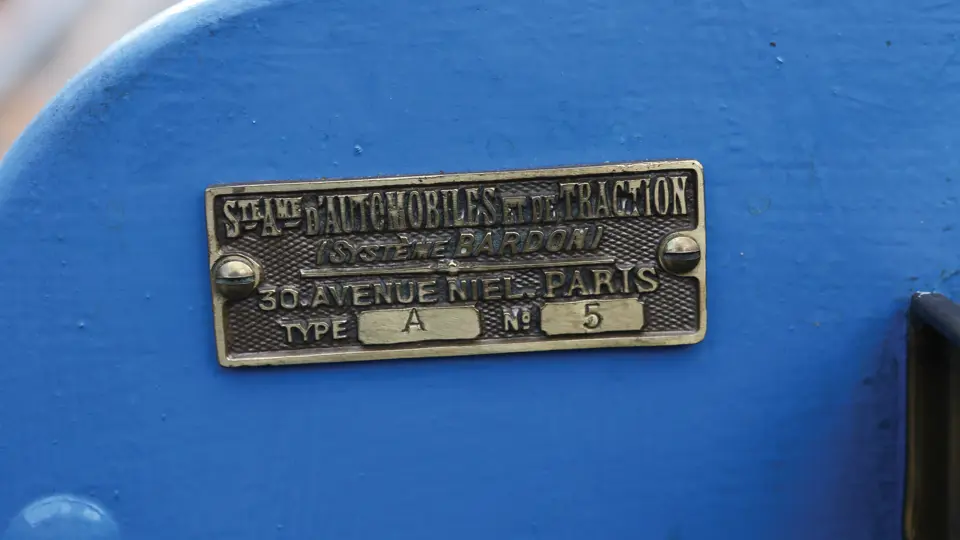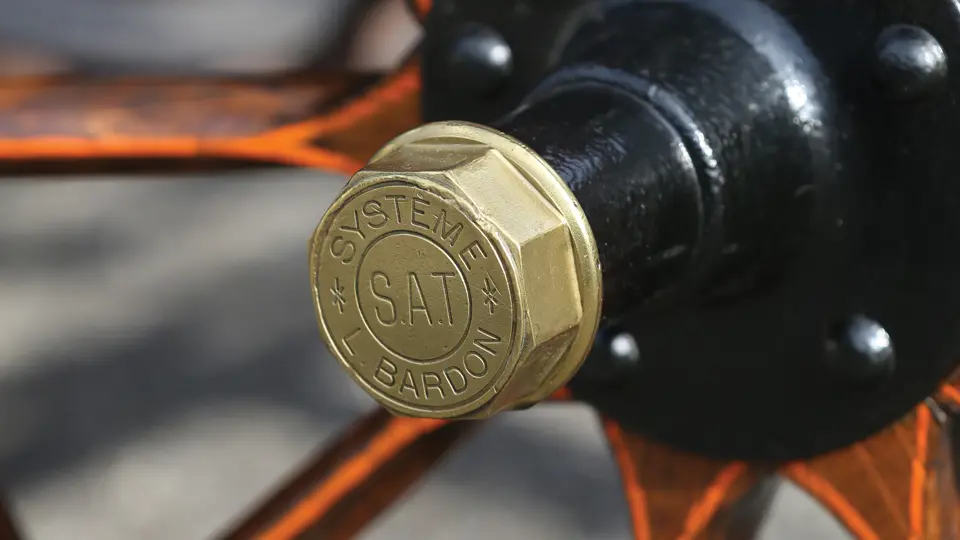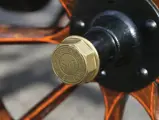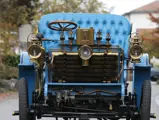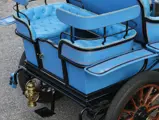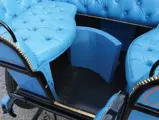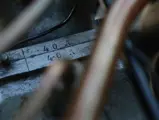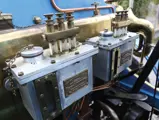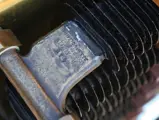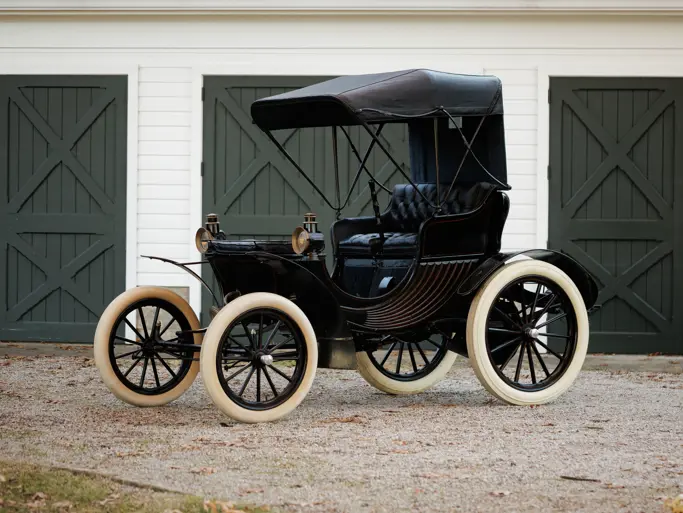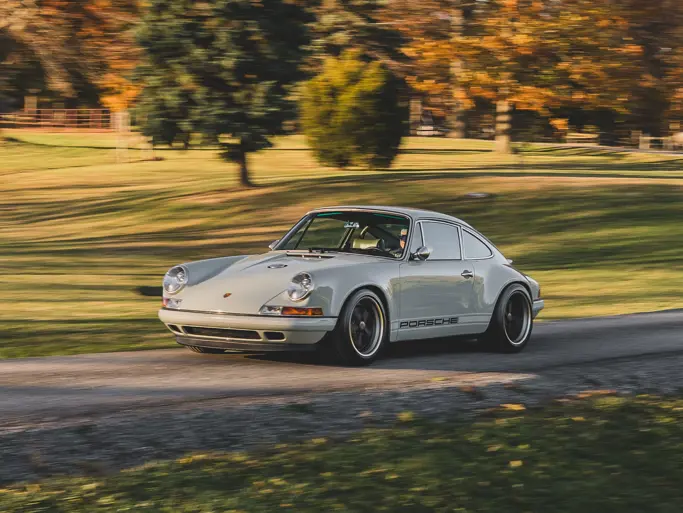
1900 Bardon Type A Tonneau
{{lr.item.text}}
€95,200 EUR | Sold
{{bidding.lot.reserveStatusFormatted}}
- Offered from a private Swiss collection
- Formerly of the renowned Henri Malartre Collection
- Unusual opposed-piston engine; bodywork restored by Langenthal
- VCC-dated; London-to-Brighton eligible
- Provient d'une collection privée suisse
- Faisait partie de la célèbre collection Henri Malartre
- Technique moteur originale : carrosserie restaurée par Langenthal
- Datée par le Veteran Car Club, éligible au Londres-Brighton
4/5 hp, 1,216 cc opposed-piston single-cylinder engine, three-speed transmission with double chain final drive, tubular front and rear axles with semi-elliptical leaf springs, and two-wheel external block brakes. Wheelbase: 1,550 mm
Moteur monocylindre à pistons opposés 1 216 cm3, 4/5 hp, transmission trois rapports avec deux chaînes de transmission finale, essieux avant et arrière tubulaires avec ressorts semi-elliptiques, freins à sabot sur deux roues. Empattement 1 550 mm.
Louis Bardon established SA Automobiles et Traction (systèm Bardon) at Puteaux, Seine, in 1899. Similar to the engines of Gobron-Brillié, Bardon’s powerplants were of the opposed-piston type, with two pistons sharing a common cylinder. Contrary to Gobron-Brillié practice, however, Bardon used two crankshafts, each with its own flywheel. Geared together at a layshaft, they propelled the car through a sliding-gear transmission and double chain final drive. Bardon merged with Gaillarder, builder of the Doctoresse car, in 1901, and some Bardon cars were built in Gaillarder’s factory. Production of Bardon cars ceased in 1903, and not long after, Georges Richard took over the premises to build Unic cars.
Acquired from the collection of Henri Malartre at the Musée de Rochetaillée-sur-Saone, Lyon, in 1976, this rare Bardon Tonneau has had its engine, chassis, and wheels restored.
The body was newly constructed by coachbuilder Langenthal of Berne, Switzerland. Established in 1888 by Fritz Grogg, Langenthal continues to build new commercial bodies and repair coachwork on older cars.
The Veteran Car Club of Great Britain has dated this Bardon as having been built in 1900, with its certificate, number 1458, issued in 1978. As such, it is eligible for all Veteran car activities, including the prestigious London-to-Brighton Run each November.
Louis Bardon a fondé en 1899 à Puteaux, en banlieue parisienne, la SA Automobiles et Traction (système Bardon). Comme les moteurs Gobron-Brillié, ceux mis au point par Bardon présentaient un cylindre dans lequel se déplaçaient deux pistons opposés. Mais au contraire des Gobron-Brillié, les moteurs Bardon étaient dotés de deux vilebrequins comportant chacun son propre volant d'inertie. Reliés ensuite à un arbre, ils entraînaient la voiture par l'intermédiaire d'une transmission à pignon coulissant et d'une transmission finale à deux chaînes. Bardon s'est ensuite associé à Gaillarder, le constructeur en 1901 de la voiture "Doctoresse", et certaines des Bardon furent ensuite fabriquées dans les ateliers de Gaillarder. La production d'automobiles Bardon a cessé en 1903 et, peu de temps après, Georges Richard reprenait le site pour y fabriquer les voitures de marque Unic.
Acquise en 1976 par Henri Malartre pour son musée de Rochetaillée-sur-Saône, à côté de Lyon, ce rare tonneau Bardon a vu son moteur, son châssis et ses roues remis en état. La carrosserie a été construite par le carrossier Langenthal, de Berne (Suisse). Fondé en 1888 par Fritz Grogg, Langenthal continue aujourd'hui à fabriquer des carrosseries utilitaires et à restaurer celles de voitures anciennes.
Le Veteran Car Club of Great Britain a daté cette Bardon de 1900, selon le certificat n°1458 délivré en 1978. A ce titre, elle est donc éligible au prestigieux rallye Londres-Brighton organisé tous les ans en novembre, ainsi qu'à tous les événements accueillant les ancêtres.




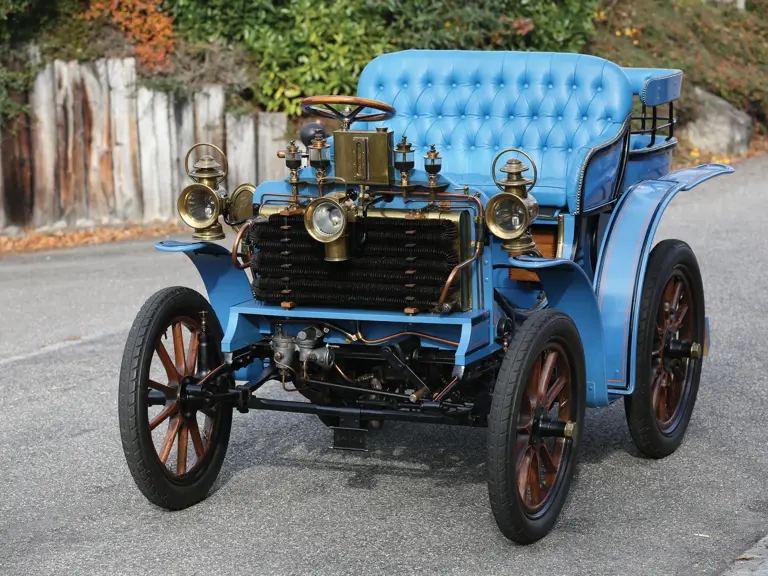
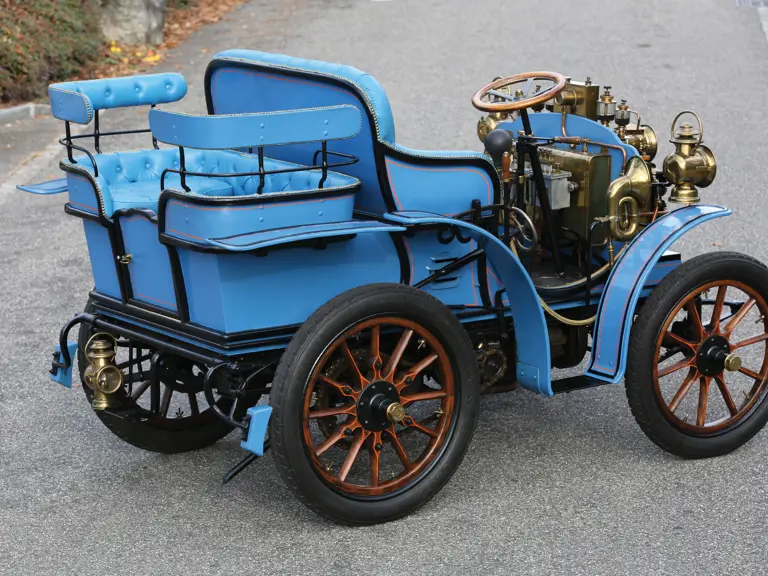
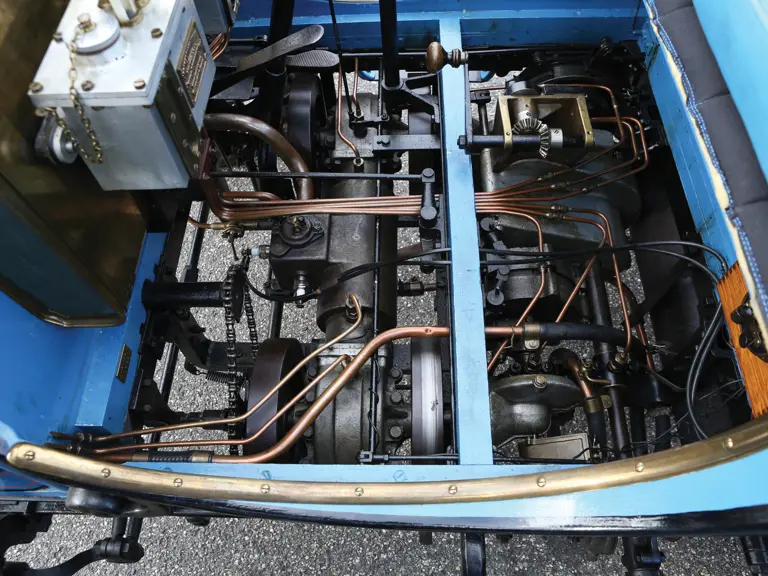
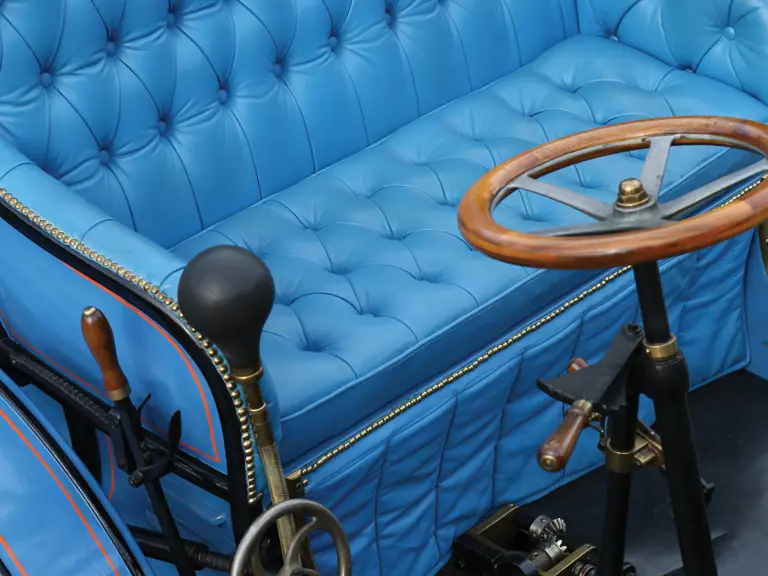


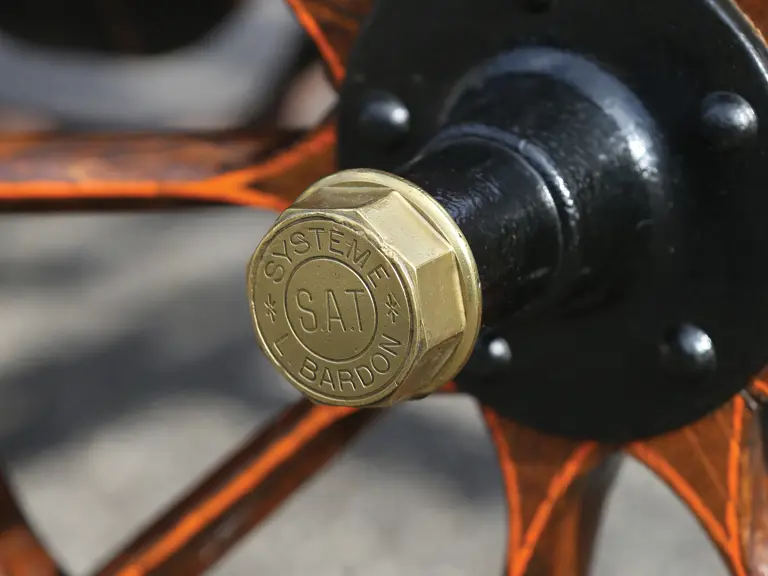
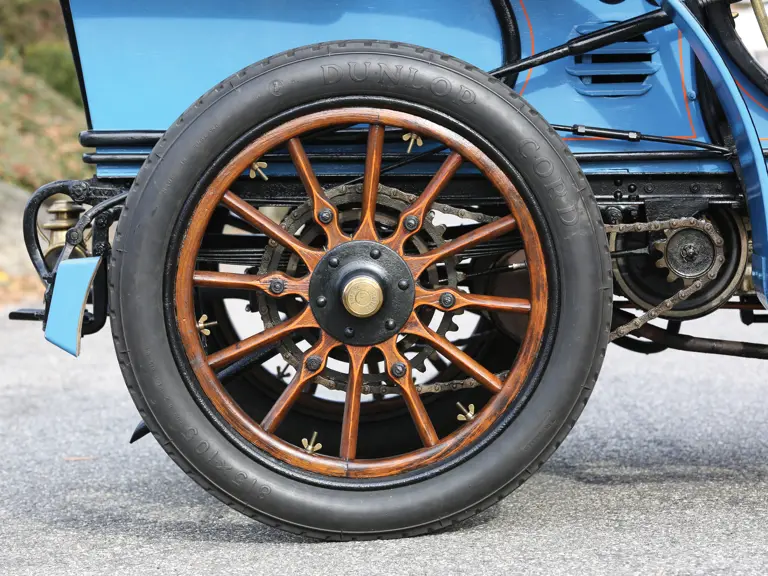
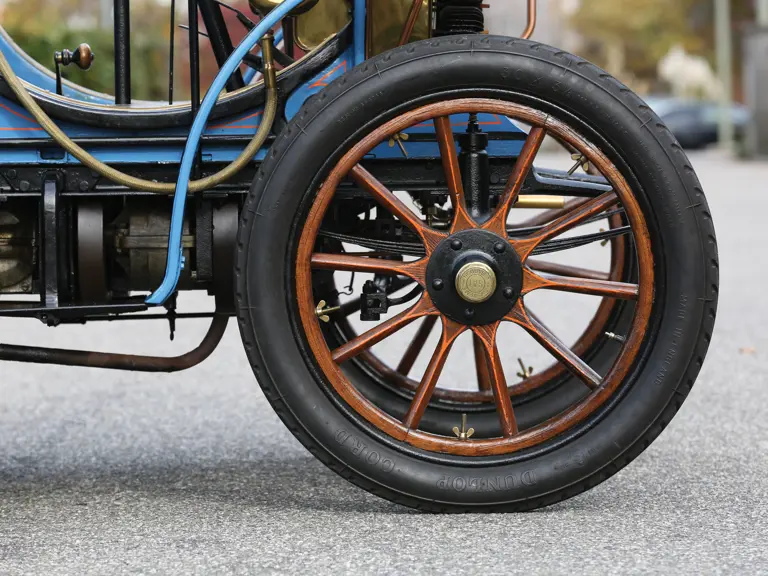
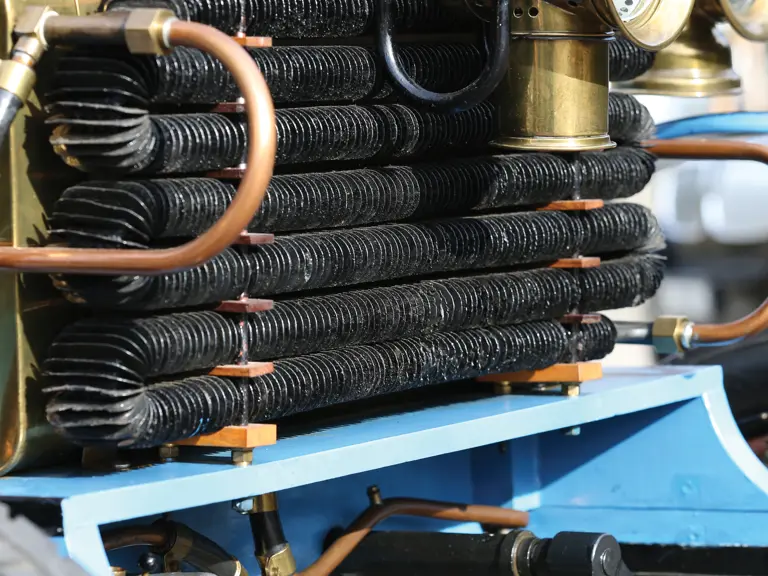

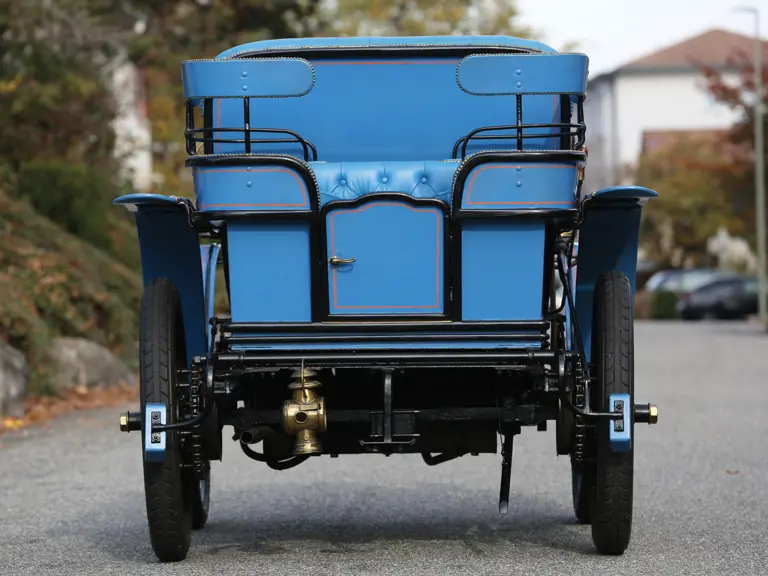

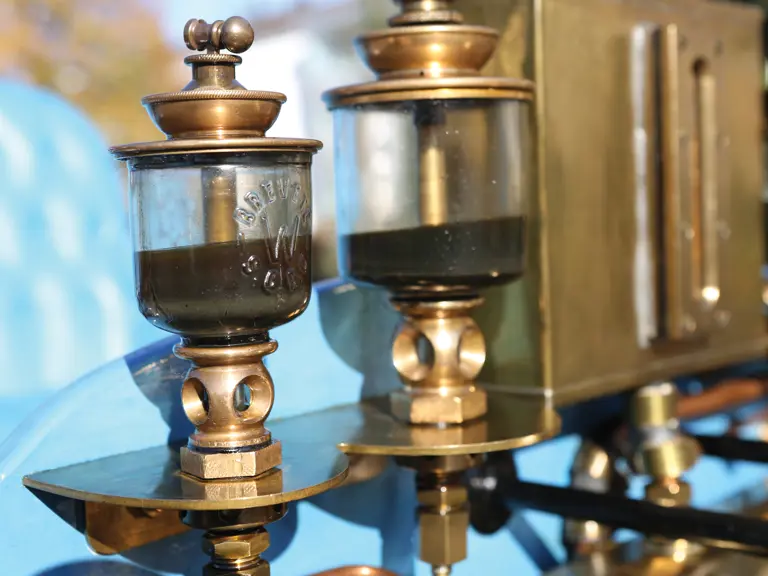

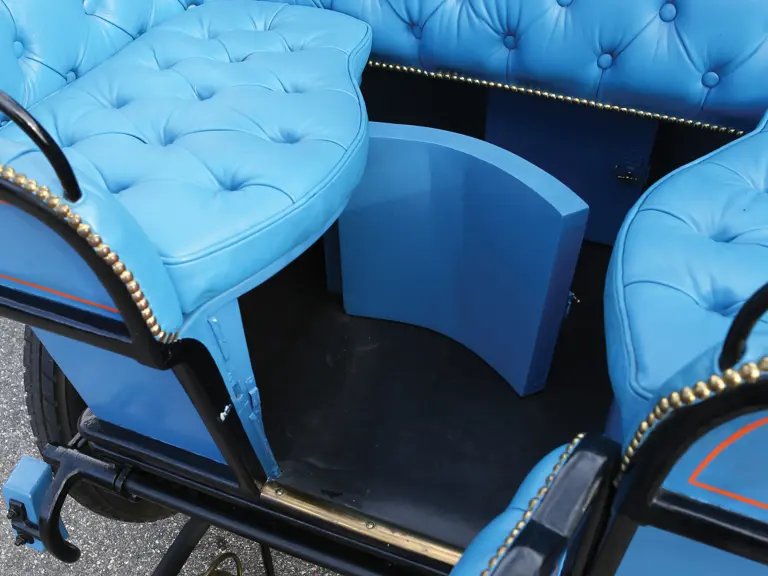
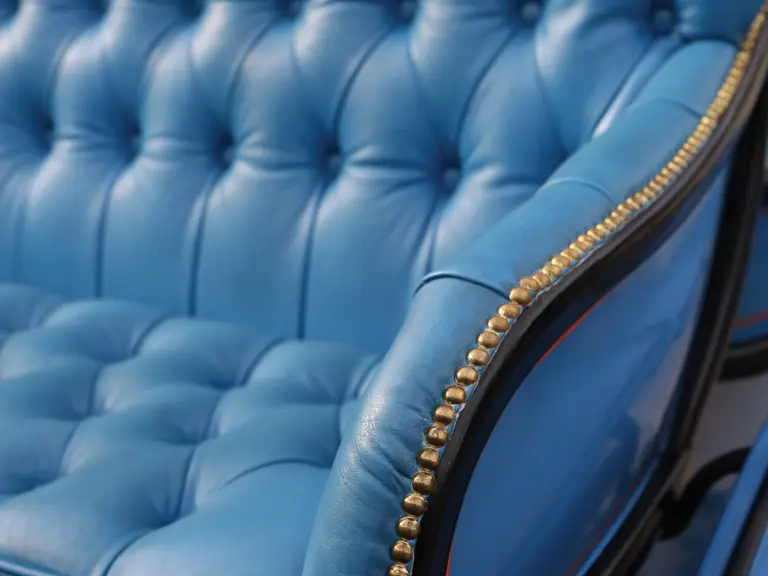
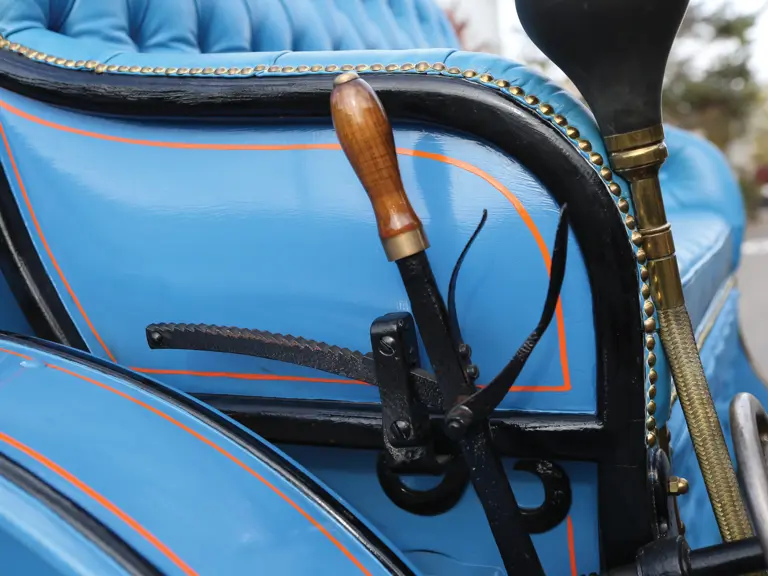
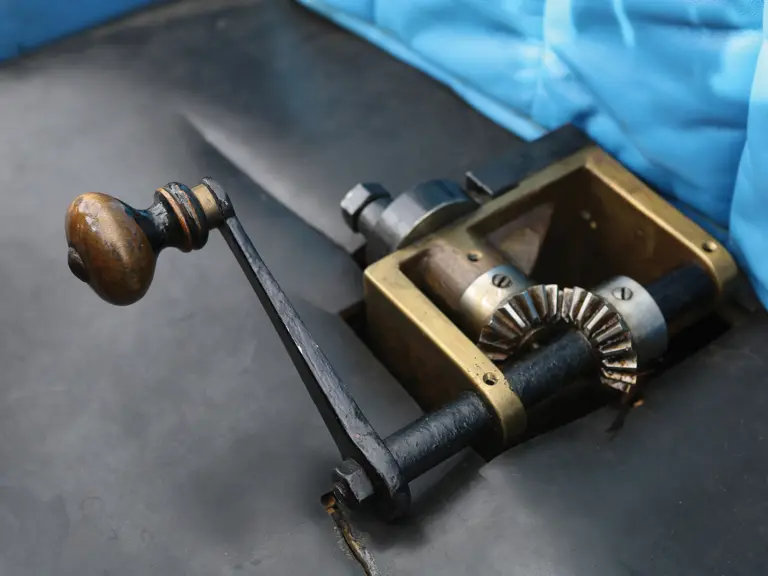

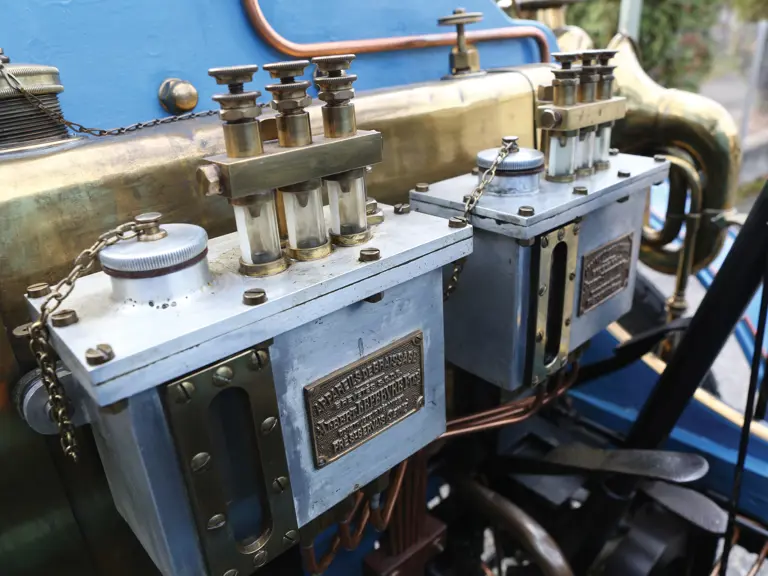



 | Paris, France
| Paris, France

